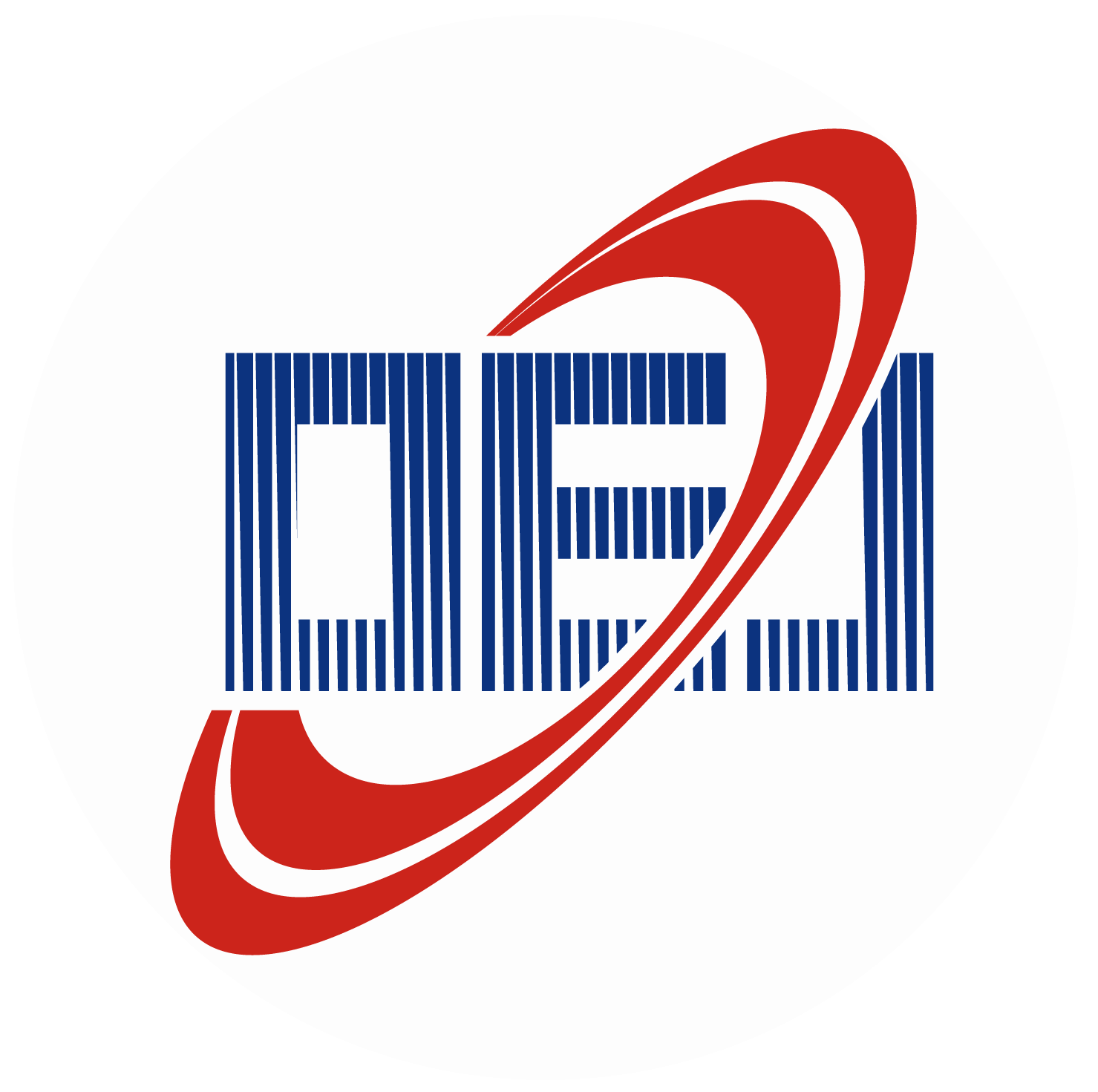-
Abstract
Holography has enabled the recording and reconstruction of complex light fields, driving innovations across imaging, storage, optical information processing, and beyond. Building upon holographic principles, holographic optical elements (HOEs) have emerged as compact and multifunctional devices, offering unique advantages over conventional optics due to their ability to encode optical information in millimeter-scale volumes. Conventional scalar holography is capable of capturing amplitude and phase information. However, it does not take into account the polarization dimension of light, which is critical for the complete manipulation of optical fields. Polarization holography overcomes this limitation by leveraging photoanisotropic materials to encode the polarization state directly into the hologram, enabling HOEs to modulate amplitude, phase, and polarization simultaneously. This review summarizes recent advances in polarization holography and its applications to HOE fabrication. Specifically, key methods such as angle multiplexing, composite polarization holograms for multifunctional element, which integrate diverse functions into a single thin-film element. Furthermore, we discuss strategies for measuring scalar and tensor exposure coefficients, which are crucial for tailoring the anisotropic response of holographic medium. Together, these developments establish polarization holography as a versatile and powerful tool for designing next-generation optical systems, with promising applications in miniaturized devices, integrated photonics, and beyond. -



 E-mail Alert
E-mail Alert RSS
RSS


